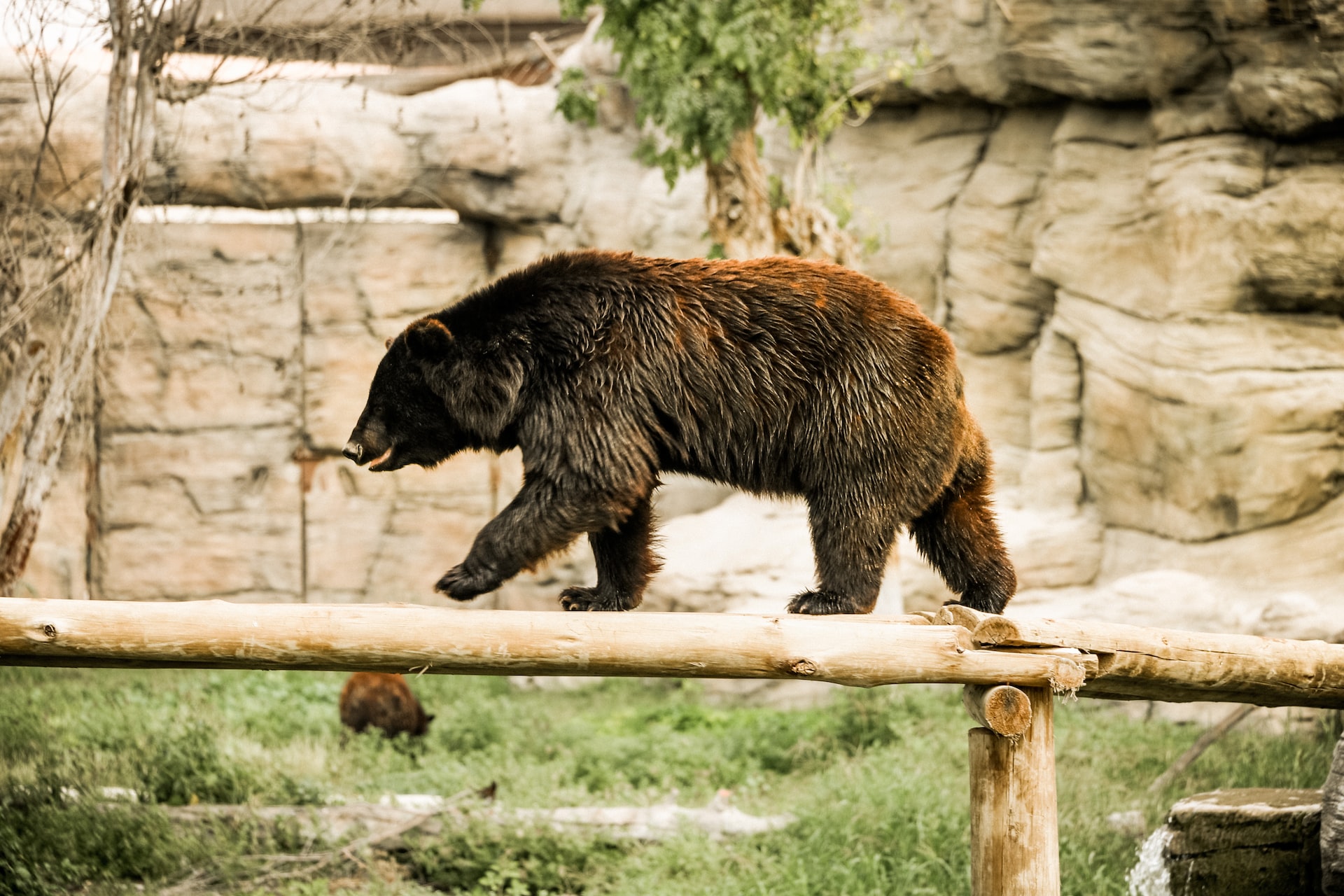
How to Volunteer for a Wildlife Rescue
We are reader-supported. When you buy through links on our site, we may earn affiliate commission.
Do you daydream about diet prep, hosing down enclosures and raking straw in the name of wildlife conservation? It may be messy, but volunteering at an animal rehabilitation or rescue center is also very rewarding. If you aren’t afraid of a little — or a lot — of dirt, then roll up your sleeves and get ready to make a difference. Here’s how to volunteer for a wildlife rescue.
Sanctuary vs. Rehab — What’s the Difference?
A wildlife rescue takes in sick, injured, neglected or illegally owned animals. The animals often come from people who tried keeping them as pets, but who quickly discovered that wild animals make terrible houseguests. They may also come from circuses or unaccredited private zoos with bad living conditions.
Many of these animals are already adults and are used to being around people. They may be accustomed to having people feed them, handle them and transport them in vehicles. Some of these species are large or carnivorous. Because of their habituation to humans, the animals are not good candidates for release back into the wild.
A wildlife rescue may choose to only take in animals but not release them. These places are also called wildlife sanctuaries. The term “sanctuary” implies the animals will live there until they die or transfer to another sanctuary.
Or, the staff might rehabilitate certain animals, such as baby deer or injured birds, so they can release them into the wild someday. If so, the organization is called a rehabilitation center.
Wildlife rescues may be sanctuaries, rehabilitation centers or both.
Where Should You Volunteer?
At a wildlife rehabilitation center, you may have more opportunities to learn about conservation because the staff will prepare some of the animals for release. A recent study found that rehabilitation centers in New York released just over 50% of the animals they took in during a two-year period. Those are pretty good odds considering the animals are often injured, orphaned, poisoned or lost when wildlife rescuers receive them.
At a wildlife rehab center, you might even be able to touch certain animals if they aren’t dangerous. Keep in mind, however, that many volunteers never get to touch wildlife. The staff will likely emphasize treating, evaluating and releasing wildlife so the animals can live the rest of their lives without human interaction.
At a sanctuary, you’ll probably get a better understanding of how to enrich animals’ lives in captivity. Good sanctuaries spend a lot of time improving enclosures, giving animals things to play with and varying their diets, if appropriate. The facility will almost certainly not allow you to handle the wildlife. They may have ended up in a sanctuary because they’re too big, dangerous or unpredictable to release.
For example, some sanctuaries specialize in carnivores. As cute as the bears and wolves may be, you won’t be able to even get near the fence, much less pet them. But you probably will get to make toys and enrichment items for them, such as frozen blood pumpkins — a common sight in a predator enclosure — and enjoy watching them play.
In either type of wildlife rescue, you’ll learn a lot about animal care and enclosure cleaning. You’ll also gain an important understanding of why wild animals need to stay wild.
Your volunteering options might be limited to where you live or get accepted for an internship, so keep an open mind. Even unpaid internships and volunteer programs are highly competitive when it comes to working with wildlife.
How to Volunteer for a Wildlife Rescue
Getting started as a volunteer can be challenging, but here are a few tips to raise your odds.
Look Far and Wide
The best way to volunteer for a wildlife rescue is to broaden your search — be prepared to move for a seasonal internship if you can. Many wildlife rescues have formal internships that last three to six months, and they’re very, very hard to snag.
There may be just a few dozen openings across the entire country at any given time. In fact, interns often travel from out of state or even other countries if the program is reputable. Doing a seasonal internship far from home can be a lot of fun, so think outside the box!
If you live in the United States, prepare to spend a lot of time checking the American Zoological Association (AZA) website. That’s where all the highly accredited zoos and wildlife rescues post their job openings, internships and volunteer opportunities. You can sort through them by state or posting date.
Apply for Multiple Openings
Whether you’re applying for formal internships or simply want to lend a hand, send your cover letters, resume and contact info to as many wildlife rescues as you can. You’ll maximize your chances of getting to volunteer and brush up on your writing skills in the process.
If you’re lucky enough to live near a wildlife rescue, visit it in person and talk to the staff. Tell them how much you’d love to volunteer — even to do the dirtiest jobs — and give them your resume and phone number.
Be Flexible
Maybe you’re dying to do that hoofstock program, but the only position the wildlife center can offer involves working with quail. Or, perhaps you really wanted to volunteer in the spring, but the tiger sanctuary can only offer you a winter internship — hardly anyone applied for that opening!
You should consider taking the offer since it still gets your foot in the door to volunteer for a wildlife rescue. Over time, you might be able to branch out and work with different animals.
Get Experience
The most frustrating thing about trying to volunteer for a wildlife rescue is that many of them require prior experience, a degree or both. But you can get hands-on experience with animals no matter where you are.
Start by volunteering at a farm, kennel, grooming salon or local veterinarian’s office. Ideally, get a job working with animals. Wildlife rescues want to know you can work hard, deal with challenging situations, handle animals without suffering allergies, clean up messes and maintain good safety practices.
Be Wary
If you snag a position as a volunteer or unpaid intern, you’re already doing a lot for the wildlife center. You’re providing free labor so you can gain experience and fulfill one of your passions by helping animals.
Watch out for wildlife rescues that try to exploit these good intentions. Although it’s not the norm, some rescue organizations are known for having poor working conditions. It’s a red flag if the company:
- Doesn’t let you take breaks.
- Has poorly maintained animal enclosures or facilities.
- Has negative reviews from previous interns, volunteers or employees.
- Maintains high turnover rates.
- Cuts corners when it comes to safety.
- Hires people without an interview process.
- Forces you to work long hours. Remember that you’re a volunteer, not an employee.
Make your physical and mental health a priority when volunteering. When you’re feeling your best, you’ll be a better animal caregiver, too.
A Rewarding Experience
When you finally get to volunteer for a wildlife rescue, be prepared to make memories. No one said it would be easy, but after a long day of shoveling, spraying, scrubbing and sweeping, the sound of wolves howling at a passing ambulance will stop you in your tracks, reminding you just why you’re there in the first place. Suddenly, being covered in mud doesn’t seem so bad.
Share on
Like what you read? Join other Environment.co readers!
Get the latest updates on our planet by subscribing to the Environment.co newsletter!
About the author

Steve Russell
Steve is the Managing Editor of Environment.co and regularly contributes articles related to wildlife, biodiversity, and recycling. His passions include wildlife photography and bird watching.





